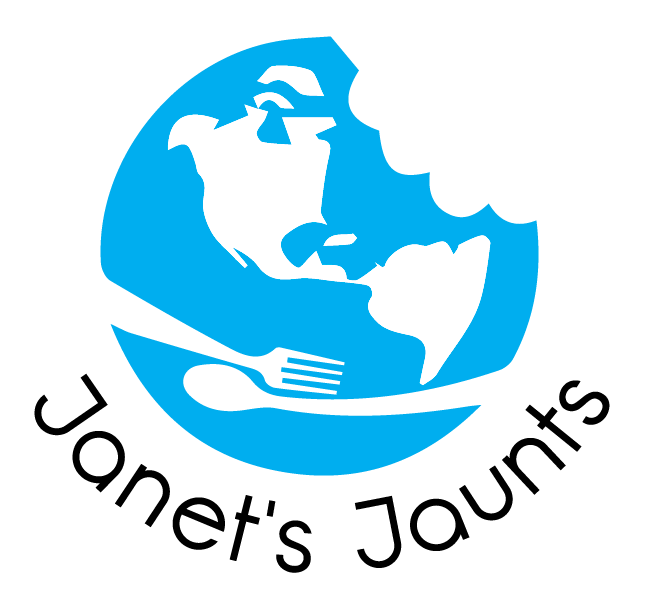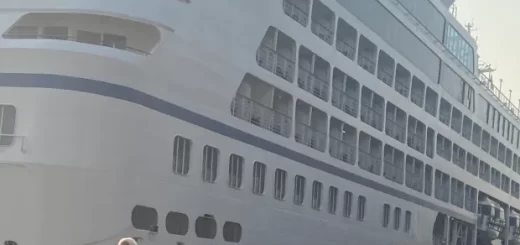Shopping in the souks of Morocco reveals ancient North African people, customs
Ancient Morocco endures side-by-side with its modern counterpart, so those who visit this exotic country in North Africa can witness remnants of life unchanged in thousands of years.
I’m just back from a Morocco visit with Odysseys Unlimited, which curates experiences for small groups. A group of eight, including me and my daughter Sascha, were escorted from its capital at Rabat to Fes, Marrakech, the High Atlas Mountains, into the Sahara Desert and to Casablanca. Small details ranging from expert driving and advice to gratuities and interpretation smoothed our way.
French colonial rule of Morocco between 1912 and 1954 left its influence, and that language is still widely spoken and understood. As an Islamic country, Morocco’s rhythms of life are dictated by the call to prayer five times a day and Muslim holidays such as Ramadan. Family is everyone’s focus, and sincere hospitality to visitors and kindness to animals is paramount. Floor-length djellabas with pointy hoods are worn by most men, while women usually are veiled, underscoring the land’s alluring exoticism.

Writer Janet Podolak shows off a head scarf purchased from a Berber vendor, who arranged it in a turban. (Janet Podolak)
Techniques unchanged in thousands of years created many of the things we bought to take home, from festive ceramic bowls to leather jackets.
As we step into the grounds of Art de Poterie ACH in Fes, our guide points to a distant hillside from which the fine lead-free clay is taken and brought to make bowls, platters, fountains and mosaics. It first goes into a pit where a man massages its lumps out using his hands, body and feet. Clay destined for mosaics is flattened and then cut and dried in the sun before being shaped while a man using his feet to turn a potter’s wheel crafts vases, bowls and other shapes.

Fountains, tables and other mosaic creations from the Art de Poterie ACH pottery in Fes can be purchased and shipped home. (Janet Podolak)
Brushes with hairs so fine as to be barely visible are used by other crafters to hand-paint intricate designs. A large showroom showcases elaborate wall fountains along with vases and other decorative ceramics made here. Olive pits are burned to heat the kilns to high temperatures, making pieces sturdy for use in ovens, freezers and microwaves back home.
Shipping can be included and our purchases may well reach our homes before we return, we’re told.
Walking through the Fes medina is an adventure of its own, through shoulder-wide alleyways and souks shared with donkeys, merchants and shoppers.

A heavily loaded donkey is guided by its owner through a narrow medina alleyway in Fes. (Janet Podolak)
Close attention is needed to negotiate the medina because railings are nonexistent. A travel companion dubs it as the “kingdom of hidden stairs.” It’s known as the largest pedestrian zone on earth, with more than 9,000 alleyways, and our guide carefully leads our way, seeming to know every nook and cranny and many of the vendors.
Souks are districts within the medina devoted to specific finds, such as silver, lamps, leather, shoes and spices. Heavily-burdened donkeys carry wrapped loads– the only available delivery since trucks and cars cannot enter.
We stop briefly at a bakery where local women bring their breads to bake, picking them up when finished. The baker knows each bread and its owners by clues invisible to us. We’re given tastes and quickly understand why bread continues as the staff of life among Moroccans.

A baker places bread in his wood-fired oven. The bread was brought to him for baking by residents of the Fes medina. (Janet Podolak)
We’re led to a tannery where we’re given sprigs of fresh mint to help our delicate Western noses handle the pungent and unpleasant odors used in the process of turning sheep, goat and camel hides into tanned leather, which is then colored and made into purses, jackets and other leather items. Tanning ingredients include pigeon droppings, lime and other things that give off a strong ammonia scent. We watch from above as men step into waist-deep vats filled with noxious liquids of various colors to stomp the hides into softness. Another man loads them on his shoulders and takes the softened and now dry leather to a work room out of our sight.

A thousand-year-old process to tan the hides of sheep, goats and camels can be viewed from a balcony, where visitors use sprigs of mint to offset the stench. (Janet Podolak)
We return to the showrooms, where colorful and beautiful leather goods are displayed for sale. My daughter buys a purple suede jacket, which needs to be adjusted for her shoulders and arms, so it will be delivered to our hotel room later that day. She pays less than $200. It arrives right on time.
As we make our way through the souk en route to a rugmaker we pass a vendor dying yarns and then spinning them into beautiful fabrics which tempt us.
At the showroom, a knowledgeable rug and carpet merchant leads us to long divans along the wall, where we are served mint tea at pretty tables — a hospitable custom for merchants, who explain that weaving rugs and carpets is a tradition throughout Morocco, with designs that vary from tribe to tribe and region to region.
“The best are made with wool shorn from the neck of a live sheep,” the merchant explains, as he details the vegetables — from artichoke to beetroot — used to dye the wool before it is woven. He shows us how a kilim — a rug made by Berber tribes — will be fringed on just one end and how rugs can be flipped for use in both summer and winter.
My daughter is interested in taking one home and enters into negotiation for the rug she wants. We’d been told to offer a low price and be willing to work our way upward to half the amount being asked. Without a price she can agree to, she shakes her head and walks away.

Sascha Nelson negotiates with a Moroccan rug merchant for a blue rug she wants to take home. (Janet Podolak)
A few minutes pass before the merchant takes her elbow and leads her away from our group. Ten minutes later she’s the owner of a lovely blue 3-by-5-foot Moroccan rug.
“He made me promise I wouldn’t say how much it cost,” she confides.
The rug was tightly wrapped with handles for her to carry home and now lives at the end of her kitchen in Maryland.
Visiting Morocco is best during cooler months, as temperatures soar to 100 and above in summer.
English is not widely spoken, so an organized tour is ideal.
After flying Air France from Washington Dulles via Paris into Casablanca, we joined our small Odysseys Unlimited group.
The tour company arranged our air and took care of myriad details, including first-class lodging in hotels that astonished us with their beauty and amenities, most meals and guided tours in each place we visited.
We had two nights in most hotels, leaving plenty of free time. Our journey covered 807 miles of Morocco including a foray by camel into the Sahara Desert.
Read about those adventures in upcoming stories.
Odysseys Unlimited hosts dozens of small group tours throughout the world. The next 12-night Moroccan Discovery tours are in March and April. Learn more at Odysseys-Unlimited.com and 888-370-6765.





Recent Comments